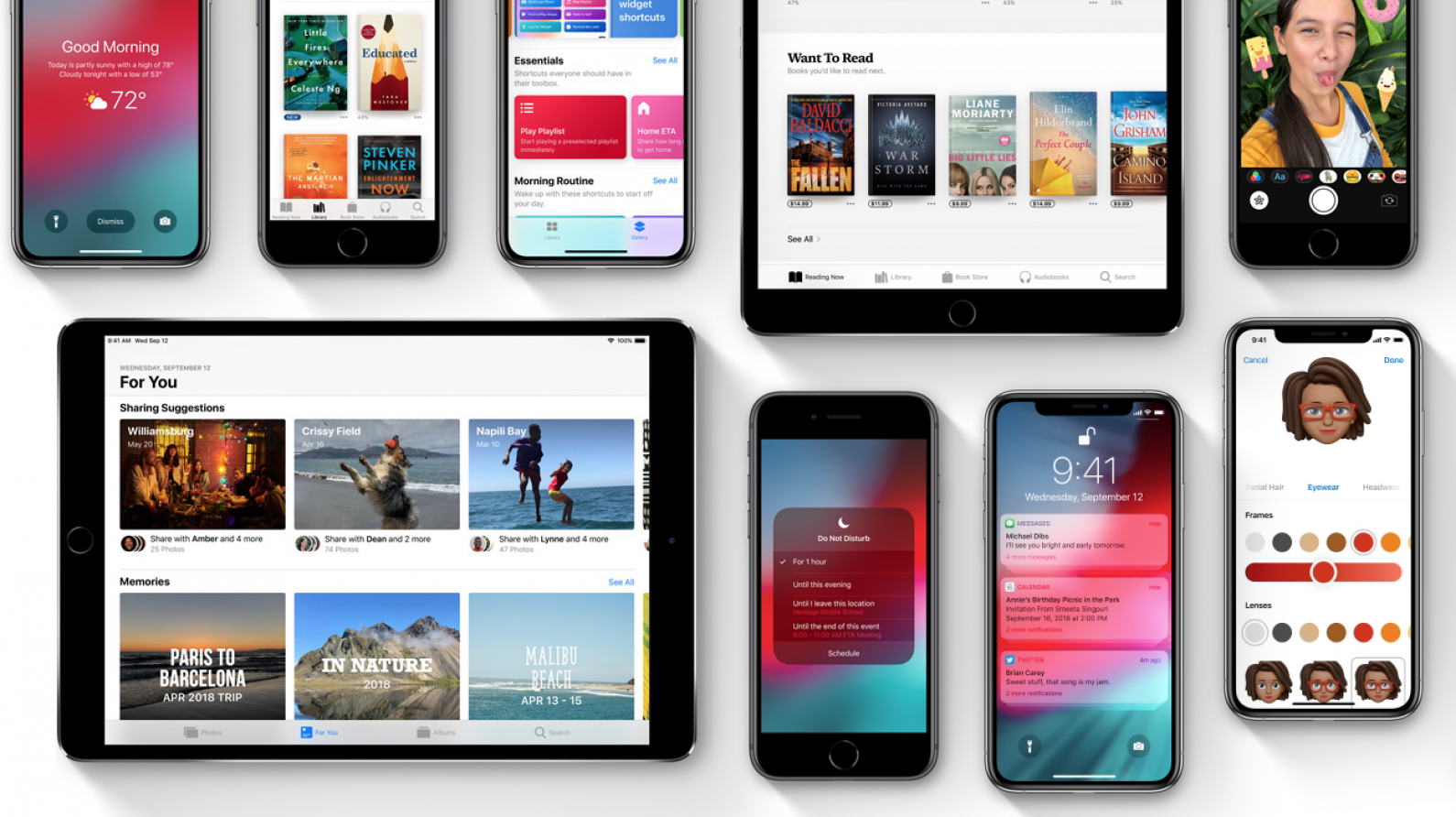Apple Pre Installed Software

Here are some of the best default, pre-installed, native Mac apps worth using. Don't ditch them before you try them! When you're setting up a new Mac, your first instinct is probably to replace as many default apps as possible with third-party alternatives. FaceTime is the video conferencing software that links the iPhone, iPad, and iPod Touch. First introduced on the iPhone, it is actually rather easy to use FaceTime on the iPad. You can make FaceTime calls on 4G or Wi-Fi, and if you don't like the idea of video conferencing, you can also make audio calls through FaceTime. Additionally, on the second Home screen, you’ll find: FaceTime: Use FaceTime to place phone calls using video of the sender and receiver to have a more personal conversation.; Calculator: Use this simple app to add, subtract, and so on.; Podcasts: Before iOS 8, you had to download the free Podcast app, but now it’s built into your iOS iPhone.Use this app to listen to recorded informational.
-->List Installed Software
As an OEM, you have a unique opportunity to create applications that ship with your OS image directly to customers. This means you can preinstall applications onto the image, connect them to devices, and promote them in both the Microsoft Store, and your OEM store.
Apple Pre Installed Software Mac
App design
To make a compelling app that gets your customers to pay attention, follow the design principles that guide the development of great Universal Windows Platform (UWP) experiences. The Introduction to UWP app design is a great starting place for learning about UWP. From there you should learn about the controls and control patterns to use, how to interact with inputs and devices, and how to think about usability. The Get Started with Windows Apps guide in the Windows Dev Center is another resource you can use to learn more.
Preinstalled apps
The primary channel for distributing apps is the Microsoft Store. However, because Microsoft Store apps are only available on the device after a user-initiated download and some partner apps need to be available at first boot, there is an alternate option available for OEMs and mobile operators. OEMs and Mobile operators can create Partner applications that can be packaged and configured to install during the initial device setup process. While the user is going through the initial setup process, the preinstalled applications are installed in the background.
Exclusive apps
As of March 16th, 2020, Microsoft will no longer be accepting any new exclusivity requests. All existing apps which use the exclusivity capability will be maintained. Hardware Support Applications (HSAs) are not impacted by this change and you can continue to implement under the process and policies for HSAs.
In this section
| Topic | Description |
|---|---|
| Preinstallable apps for desktop devices | Learn how to add an app to a Windows 10 for desktop editions (Home, Pro, Enterprise, and Education) image that will be available to customers at first boot. |
| Preinstallable apps for mobile devices | Learn how to add an app to a mobile image that will be available to customers at first boot. |
| Preinstall tasks | OEMs and MOs are permitted to ship preinstalled apps in the device image. Some of those preinstalled apps require tasks to run without user interaction and often before the end-user opens the app for the first time; such as a product survey app or a SMS server registration. Similarly, some apps will need servicing tasks to run without user interaction after an app has been updated. Preinstall and update tasks provide the mechanism for allowing tasks to run in the background without before the app is installed or when it is updated. |
Audience
Preinstalled and exclusive app guidance is designed for use by OEM and MO developers.